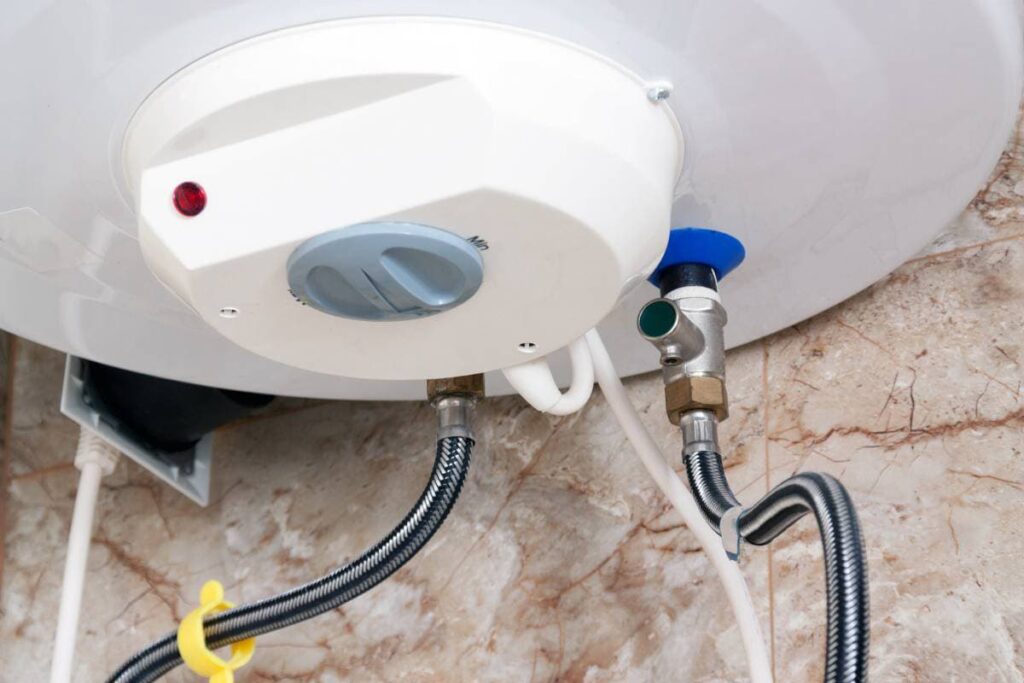Listed here below you will find a bunch of first-rate advice concerning Tips on Maintaining a Water Heater.

Hot water is crucial for everyday convenience, whether it's for a rejuvenating shower or cleaning dishes. To ensure your warm water system runs effectively and lasts longer, normal upkeep is essential. This article supplies useful ideas and insights on just how to preserve your home's warm water system to prevent disruptions and expensive repairs.
Intro
Maintaining your home's hot water system may seem complicated, but with a couple of simple steps, you can guarantee it runs efficiently for many years ahead. This guide covers whatever from comprehending your warm water system to DIY maintenance suggestions and understanding when to call professional help.
Significance of Preserving Your Warm Water System
Regular maintenance not just expands the life expectancy of your hot water system but also ensures it operates effectively. Disregarding maintenance can result in lowered efficiency, greater energy expenses, and also premature failing of the system.
Signs Your Warm Water System Needs Maintenance
Understanding when your warm water system requires attention can avoid significant concerns. Look out for indications such as irregular water temperature level, strange noises from the heating unit, or corroded water.
Recognizing Your Warm Water System
Before diving right into maintenance tasks, it's helpful to understand the basic parts of your warm water system. Commonly, this includes the hot water heater itself, pipelines, anode rods, and temperature level controls.
Month-to-month Upkeep Tasks
Regular regular monthly checks ca
n help catch small problems prior to they intensify.
Purging the Water Heater
Purging your hot water heater eliminates debris buildup, boosting efficiency and lengthening its life.
Checking and Replacing Anode Rods
Anode rods stop deterioration inside the tank. Checking and changing them when worn out is vital.
Inspecting and Changing Temperature Level Settings
Adjusting the temperature settings makes sure ideal efficiency and safety and security.
Do It Yourself Tips for Maintenance
You can do a number of maintenance jobs on your own to keep your warm water system in leading problem.
Looking for Leakages
On a regular basis examine pipelines and links for leakages, as these can result in water damages and greater expenses.
Evaluating Stress Relief Valves
Testing the pressure relief valve ensures it functions correctly and avoids excessive pressure accumulation.
Protecting Pipelines
Protecting warm water pipes reduces heat loss and can save power.
When to Call a Specialist
While do it yourself upkeep is helpful, some concerns need expert competence.
Complex Concerns Calling For Expert Assistance
Instances consist of significant leakages, electrical problems, or if your water heater is constantly underperforming.
Routine Professional Maintenance Advantages
Specialist upkeep can include extensive evaluations, tune-ups, and guaranteeing conformity with security requirements.
Conclusion
Normal upkeep of your home's hot water system is important for efficiency, long life, and cost financial savings. By adhering to these ideas and understanding when to seek specialist assistance, you can guarantee a trusted supply of warm water without unforeseen disruptions.
Water Heater Maintenance: The Basics
Maintaining your water heater will ensure it operates efficiently and has a longer lifespan. Neglecting regular maintenance can lead to costly repairs and an even bigger chunk of your savings if you have to replace it sooner than necessary. But there’s good news: Most water heater maintenance tasks are relatively simple and easy for homeowners with basic DIY skills.
Flush the Water Heater
Over time, sediment and minerals can build up in the tank, reducing its efficiency and potentially causing damage. To flush the tank, turn off the power or gas supply, attach a hose to the drain valve near the bottom and open the valve to drain the water until it runs clear. Ideally, flush the tank annually.
Replace the Anode Rod
The anode rod is a sacrificial metal rod that helps prevent corrosion inside the tank. Inspect and replace it every three to five years or per the manufacturer's recommendation. To replace the anode rod, turn off the power or gas supply, drain a few gallons of water from the tank, unscrew the old rod and replace it with a new one. If the anode rod is significantly corroded or covered in calcium buildup, it's a sign the water heater may need to be replaced soon.
Tune-Up
A yearly tune-up can help identify potential issues and ensure your water heater operates at peak efficiency. This typically involves checking the thermostat, burner assembly (for gas heaters) and any other components specified by the manufacturer. During a tune-up, the technician may also clean the burner and adjust the pilot light (for gas heaters) or examine the heating elements (for electric heaters).
How to Maintain Your Water Heater
- Insulate the tank. Insulating the tank can improve energy efficiency and reduce heat loss, saving you money on energy bills. You can purchase precut insulation blankets designed specifically for water heaters or use standard fiberglass insulation wrapped securely around the tank.
- Check the temperature. The recommended water temperature for most households is around 120 degrees Fahrenheit (49 degrees Celsius). Higher temperatures can increase energy costs and potentially cause scalding. Use a kitchen thermometer to check the temperature at the faucet nearest the water heater.
- Monitor water pressure. Excessive water pressure can strain the water heater and cause leaks or even tank failure. Install a pressure-reducing valve if necessary. The ideal water pressure range is between 60 and 70 PSI (pounds per square inch).
- Test the temperature and pressure (T&P) relief valve. The T&P relief valve is a safety feature that releases pressure if the tank gets too hot or the pressure builds up too high. Test it annually by lifting the lever and allowing a small amount of water to release. Replace the valve if it doesn't release water or reseal properly.
- Check for leaks. Regularly inspect the tank, pipes and fittings for leaks or corrosion. Deal with issues promptly to prevent further damage. Even a small leak can lead to significant water damage over time.
- Consider a tankless water heater. If your traditional tank-style water heater is nearing the end of its lifespan ( typically 10 years), consider replacing it with a tankless water heater. These units heat water on demand, reducing standby energy losses and potentially saving you money on your energy bills.
- Schedule professional maintenance. While homeowners can perform many water heater maintenance tasks, it's still a good idea to schedule professional maintenance every few years. A plumber or HVAC technician can thoroughly inspect the unit, identify potential issues and ensure it operates safely and efficiently.
https://www.homeserve.com/en-us/blog/home-improvement/hot-water-heater-maintanence/

As a keen person who reads on Tips on Maintaining a Water Heater, I assumed sharing that segment was really helpful. Sharing is good. Helping people is fun. I praise you for your time. Revisit us soon.
Click Here
Comments on “Key Maintenance Tips for Your Home's Hot Water SystemSteps to Prolong the Lifespan of Your Home's Hot Water System Through Maintenance”